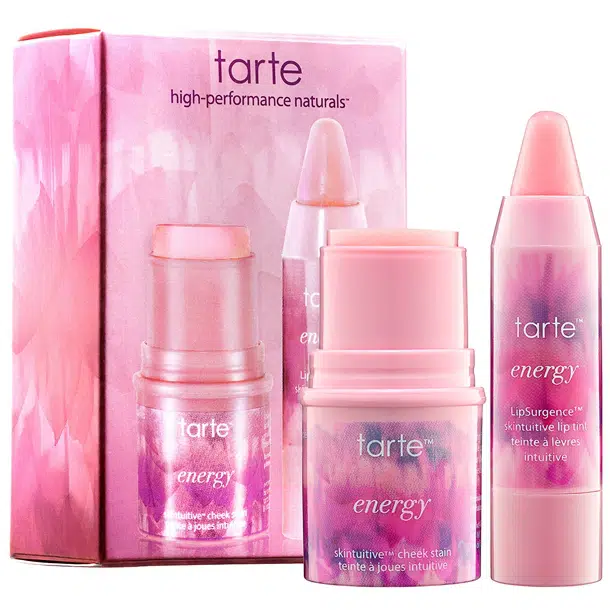1. Intro
tarte energy cheek stain is a beauty product that delivers a true, natural-looking flush and evens out the look of skin tone. It’s super easy to use and looks great on all skin types.
I should mention that we are a small team of 4 people in San Francisco and we work every day from 9–5pm PST. We are not always moving fast, but we are constantly trying new things, trying to keep up with customer feedback and improving the design of our products (which leads to faster turnaround for you).
As I was doing my research for this post, I came across the tarte story again and was reminded of what “understanding what people think they want” means in terms of marketing strategy.
1.1 Why you should care about tarte energy cheek stain
What tarte energy cheek stain is to the beauty industry, what a tarte energy cheek stain is to your brand — it’s just a product that should be pretty. A product that, on its own, should do no harm and have no measurable effect on the environment.
To fully understand tarte energy cheek stain (TECS), you need to first understand why we launched it in the first place. We did so as a way of addressing something we felt deeply passionate about: consciousness. For us, TECS was an opportunity to help you feel more conscious about where your money goes and how you use it. We are not like most companies: we don’t make products for customers; we make products for ourselves. In fact, we believe that the best way to make meaningful contributions to society — all the way from our own lives and work, all the way up to our products — is not through making stuff that people buy or use, but through making things that people care about: things people will talk about and share with others because they genuinely care about them.
We had a vision for this product since early 2014 — long before it became what it is today — but as we developed our plan and began talking with our customer base, we found there were many other needs out there that could be addressed by TECS (which means there were many others out there who also wanted this same thing). The only real difference between us and other companies is what kind of company they are: big or small; old or new; established or new-to-the-scene; successful or struggling.
The problem with asking yourself “What would I want if I wasn’t afraid?” when it comes time to launch a product is one of scale: how much can you reasonably expect demand be on launch day? If you think you might do OK on launch day when there are only two units in stock (and maybe even several of those), then you may need to take some risks in terms of product features and pricing (such as putting more value into customer support) just so you can hit your target number for customer acquisition on launch day.
2. Crafting a Twitter Image Lead Generation Strategy3. How to Create the Perfect Lead Generation Tweet4. Optimizing a Twitter Post5. Measuring Your Strategy’s Success6. Conclusion
As I’ve mentioned in a previous post, Twitter is a great tool to generate content that people might find interesting or useful. However, it is also a great place to generate leads. It’s easy enough to set up an account and create a few tweets about your product, but the benefits don’t stop there.
You can promote your product on Twitter by making simple tweets about it (which are completely free) and using the power of your brand to extend the reach of its message.
Here are two examples:
